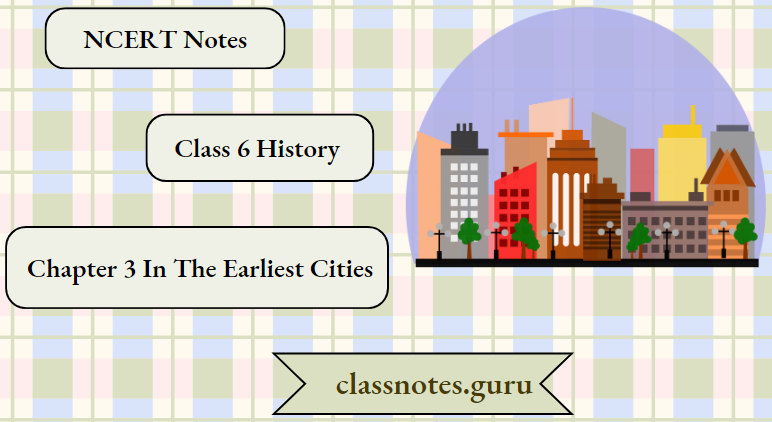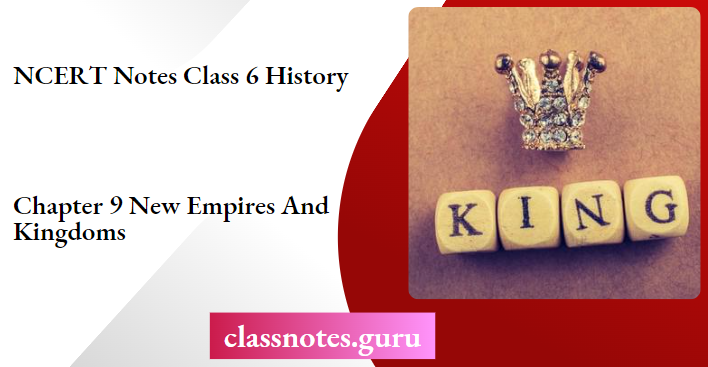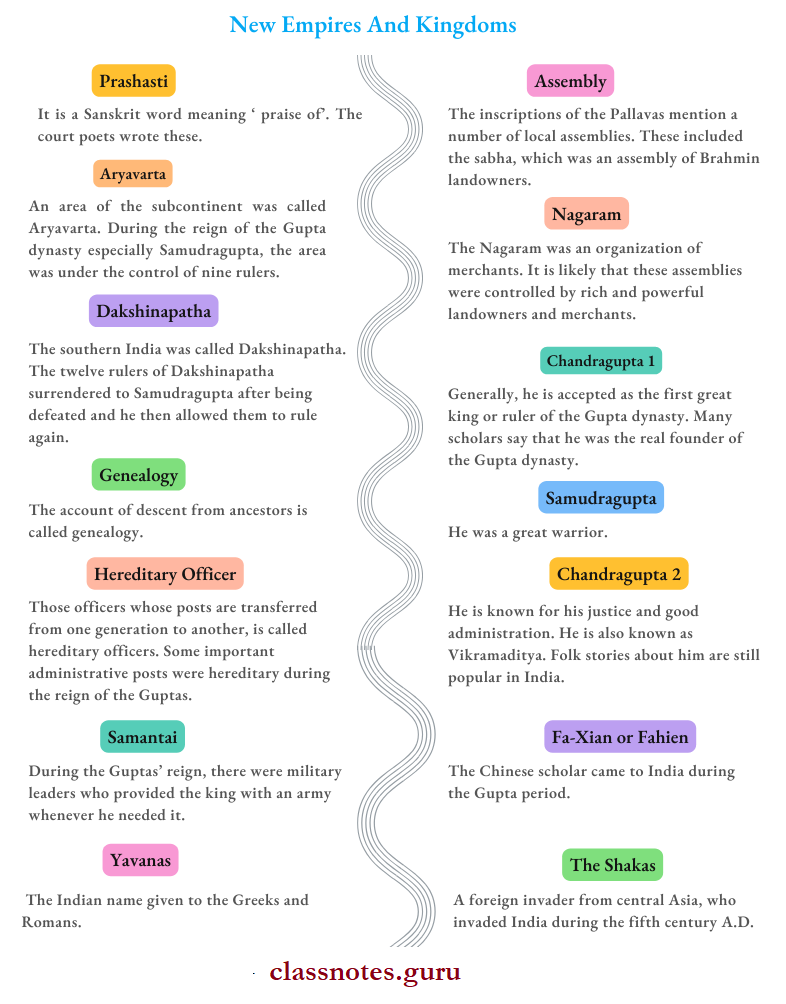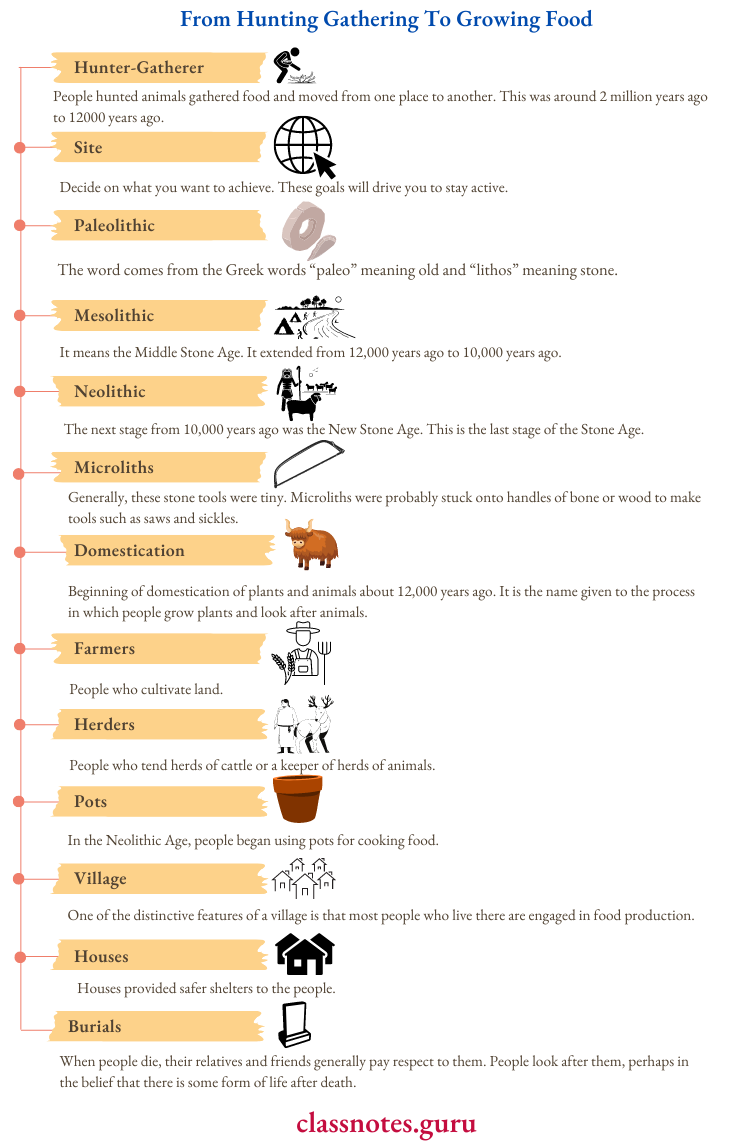NCERT Notes For Class 6 History Class 6 Social Science History Notes For Chapter 3 In The Earliest Cities Facts To Remember
About eighty years ago; finding of the remains of the city of Harappa, a very old city; was found, in present-day Pakistan.
The city was about 4700 years old. More such sites were discovered like Mohenjodaro, Kalibagan, Lothal etc.
- The bricks used were burnt and their pattern made the walls stronger.
- A Special tank, probably for community bathing has been found in Mohenjodaro. Some cities had fire altars and storehouses.
- Houses were 1-2 stories high with wells and a covered drainage system. The streets were well-planned.
- Rulers planned the cities. Scribes helped prepare seals. Craftspersons made all kinds of things.
- Things made of stone, shells, beads, and metal have been found. Weights, blades, pots, and cloth have also been found.
NCERT Notes Class 6 History Chapter 3 In the Earliest Cities
- The Harappans got raw materials locally as well as from far distant places; Iran, Oman, etc.
- They grew all sorts of crops like wheat, barley, pulses etc. Plough was used for agriculture along with irrigation and animals.
- Dholavira in Gujarat had an open area for ceremonies.
- Around 3000 years ago most of these cities perished. This could have been due to the drying up of rivers, deforestation etc.
Read and Learn more: Class 6 Social Science
NCERT Notes For Class 6 Social Science History Notes For Chapter 3 In The Earliest Cities Keywords

In the Earliest Cities NCERT Notes Chapter 3
NCERT Notes Class 6 Social Science History Notes For Chapter 3 In The Earliest Cities Date Line
Around 7000 Years Ago: Cotton cultivation in Mehrgarh
Around 4700 Years Ago: 2700 B.C.—Beginning of cities
Around 3900 Years Ago: 1900 B.C.—Beginning of the end of these cities
Around 2500 Years Ago: 500 B.C.—Beginning of new cities

NCERT Notes For Class 6 Social Science History Notes For Chapter 3 In The Earliest Cities Objective Type Questions
Question 1. Fill in the blanks with appropriate words.
1. Great Bath was made water-tight using layer of _______
Answer: Natural tar
2. Most of the articles found were made of stone, _______ and _______
Answer: Shell, metal
3. _________ was used to dig the earth.
Answer: Plough
Chapter 3 In the Earliest Cities NCERT Notes
4. Remains of dockyard have been found in _______
Answer: Lothal
5. Harappan seals were made of _______
Answer: Clay
Question 2. State whether the given statements are true or false.
1. Most of the cities had uncovered drains.
Answer: False
2. Scribes were the people who made beads.
Answer: False
3. Copper and bronze were used to make tools and vessels.
Answer: True
4. The Harappa region received low rainfall.
Answer: True
5. Special buildings were built in the lower town.
Answer: False
NCERT Class 6 History Notes Chapter 3
Question 3. Match the contents of Column A with that of Column B.

Answer: 1-(c), 2-(e), 3-(a), 4-(b), 5-(d)














